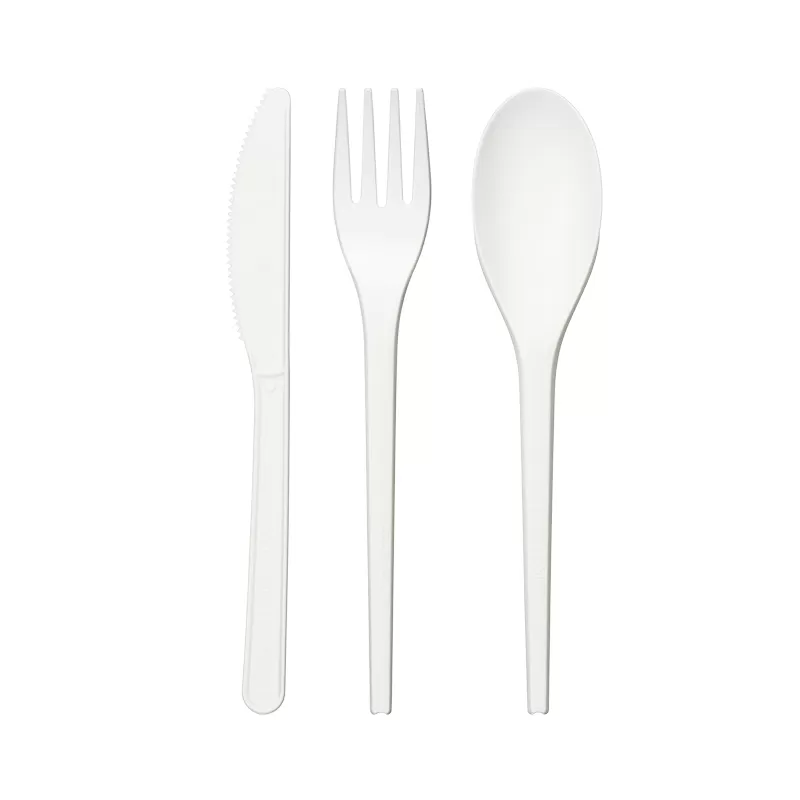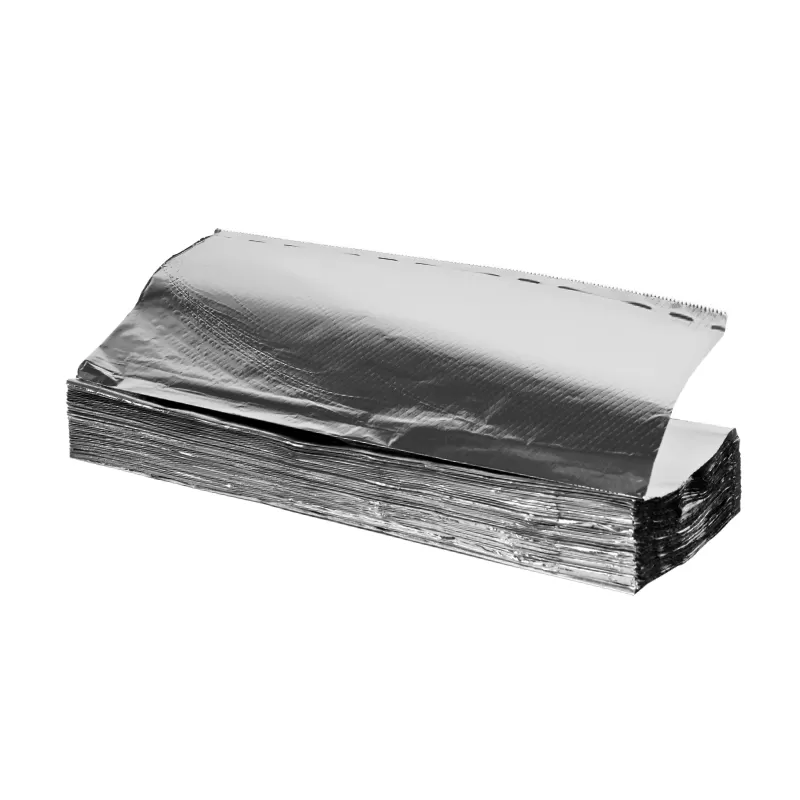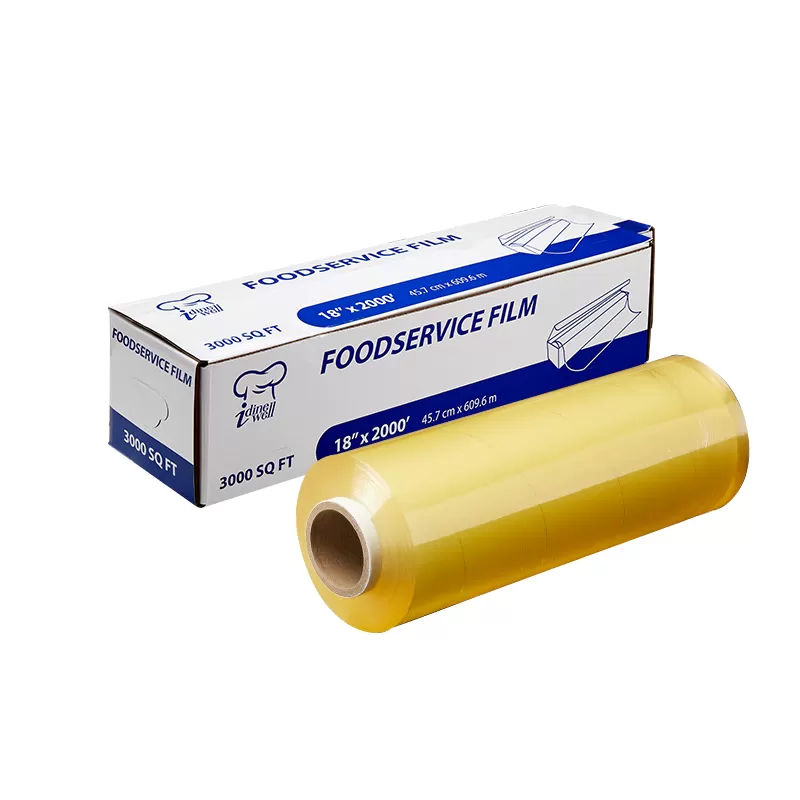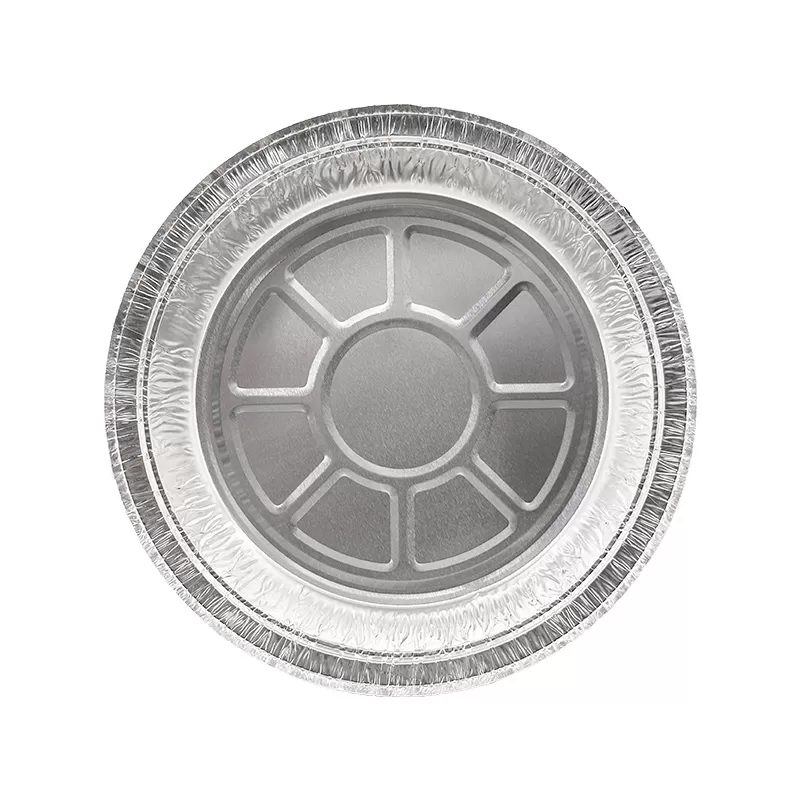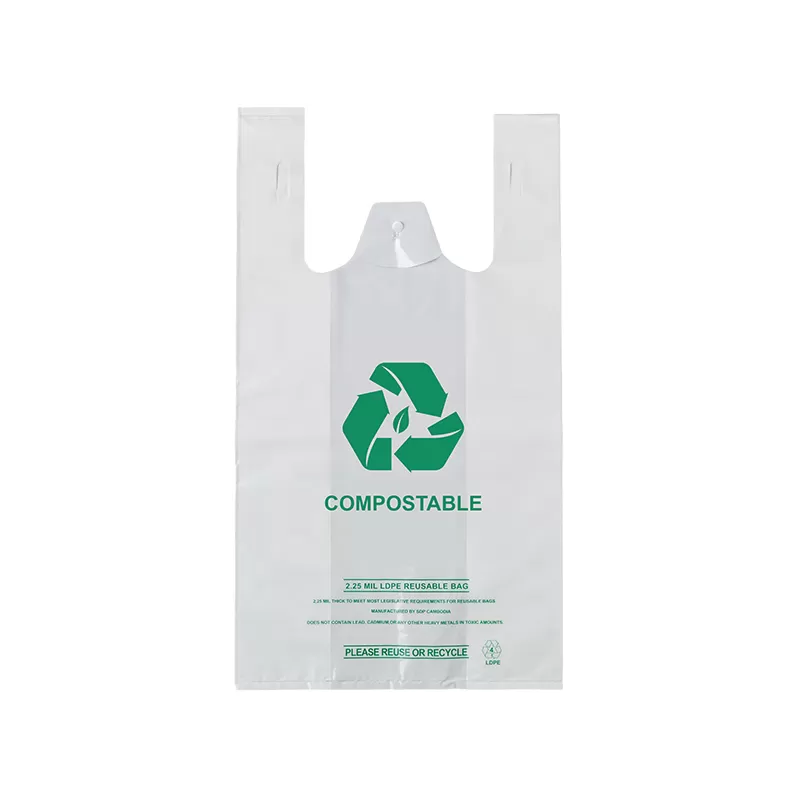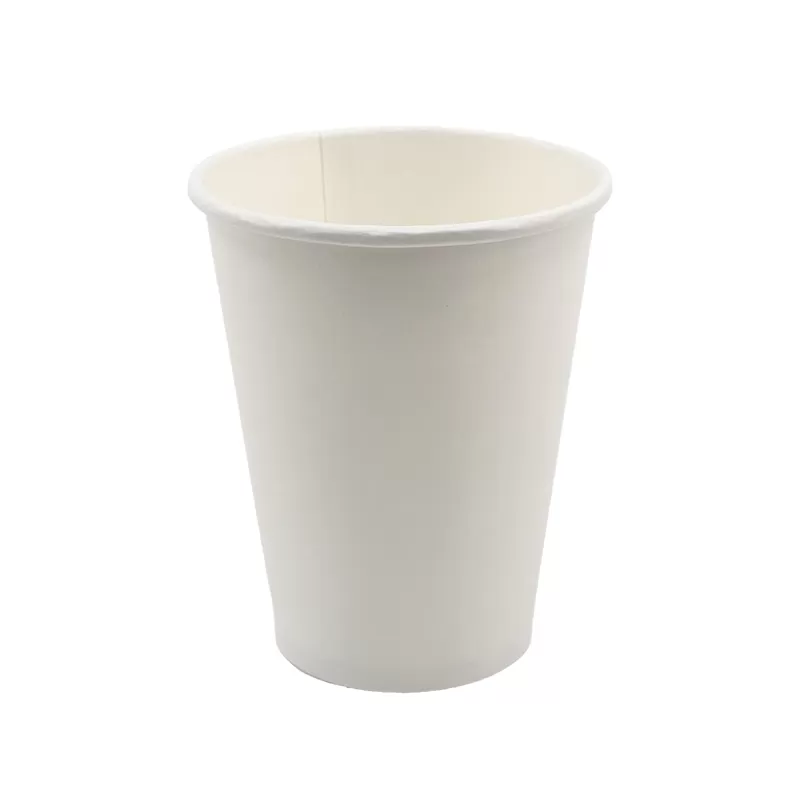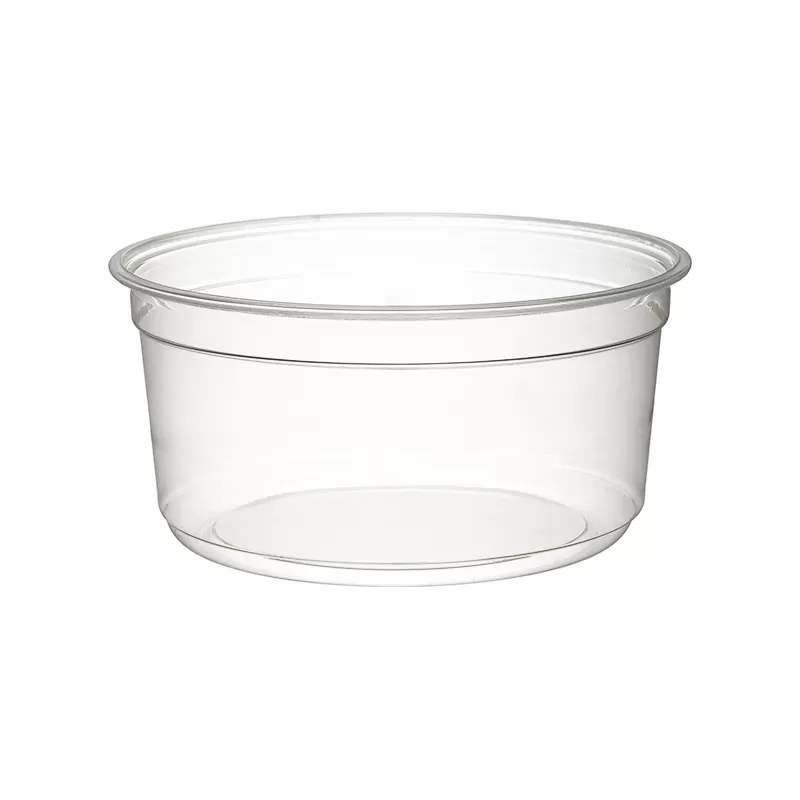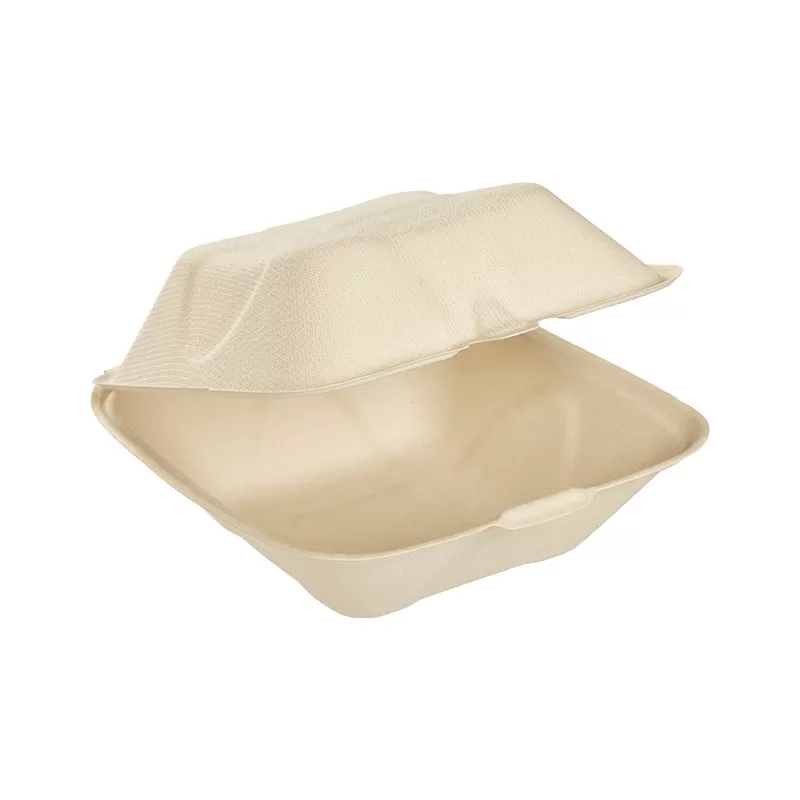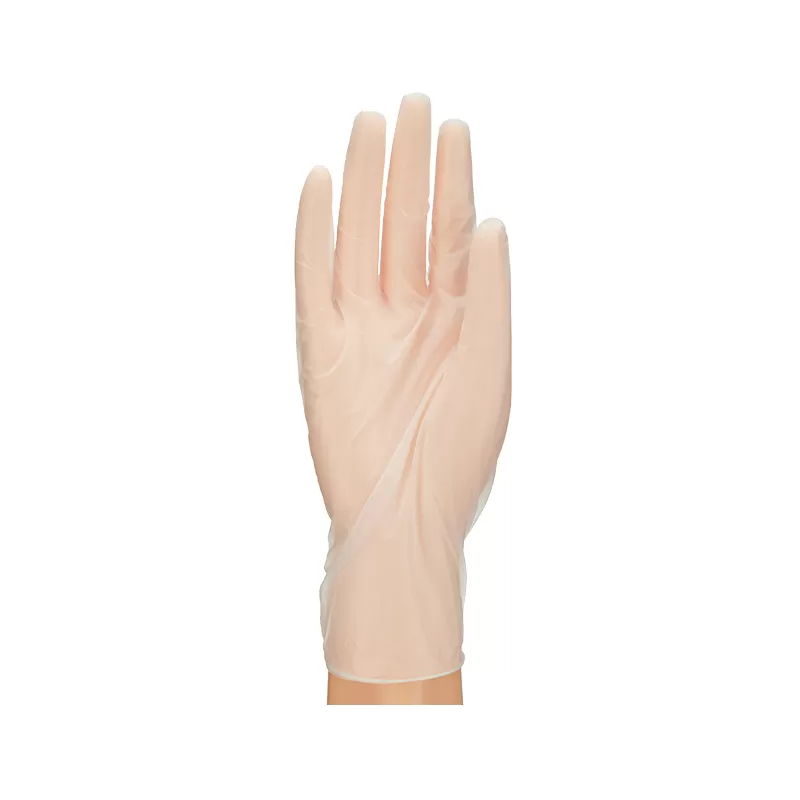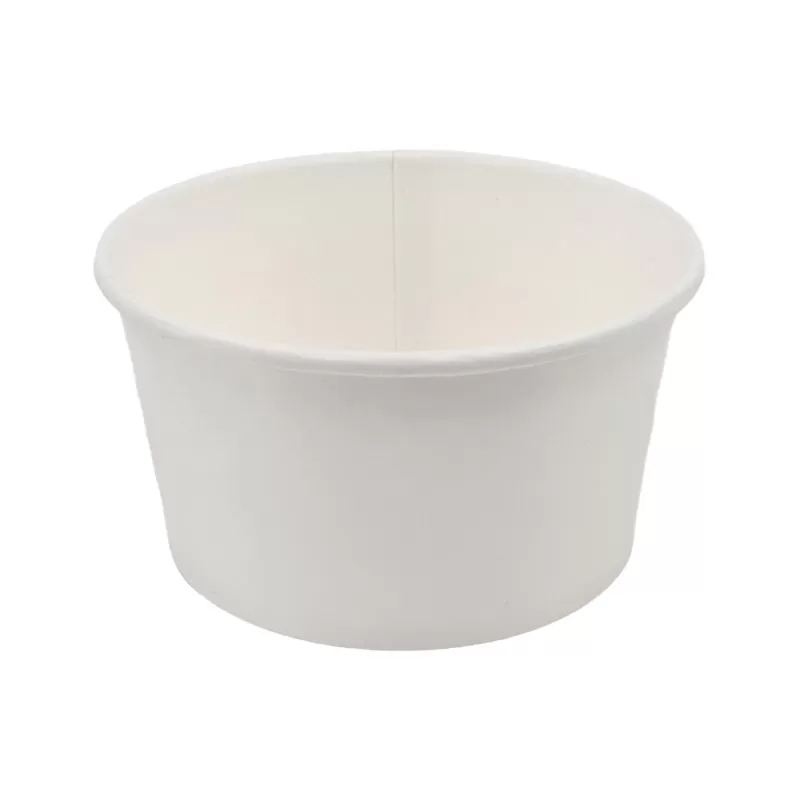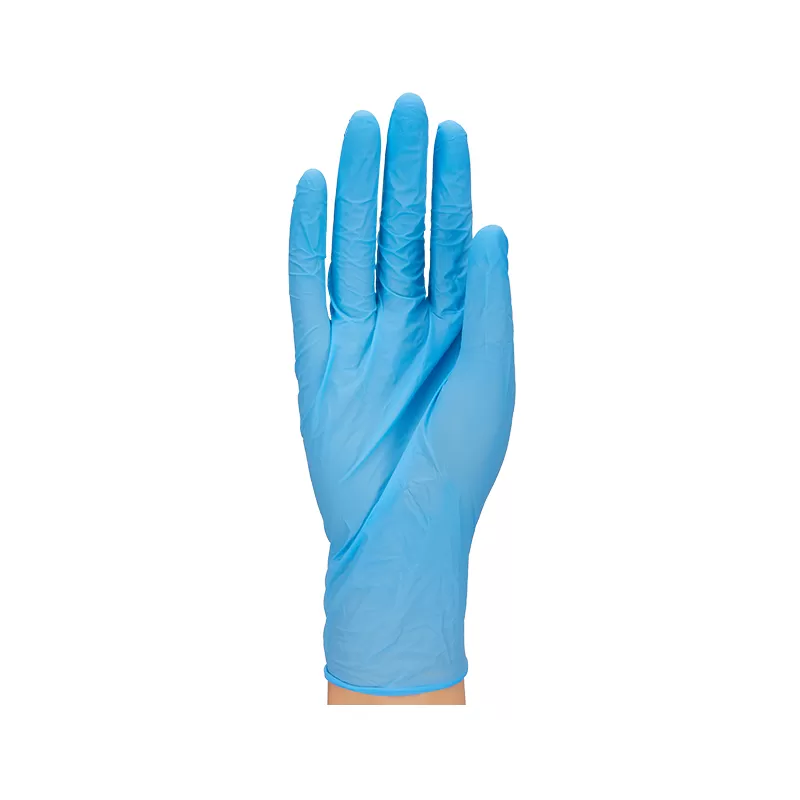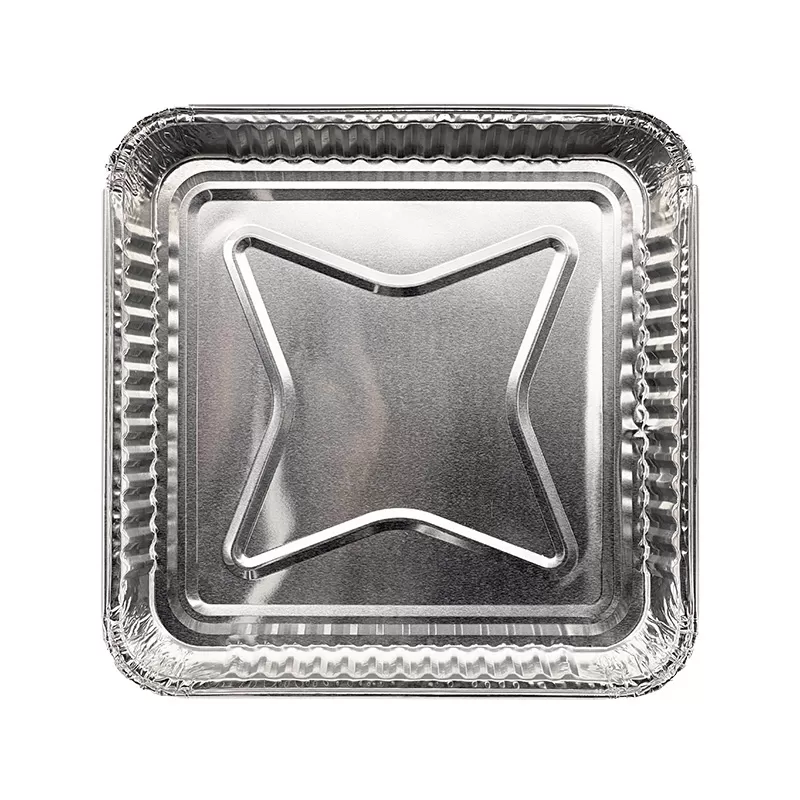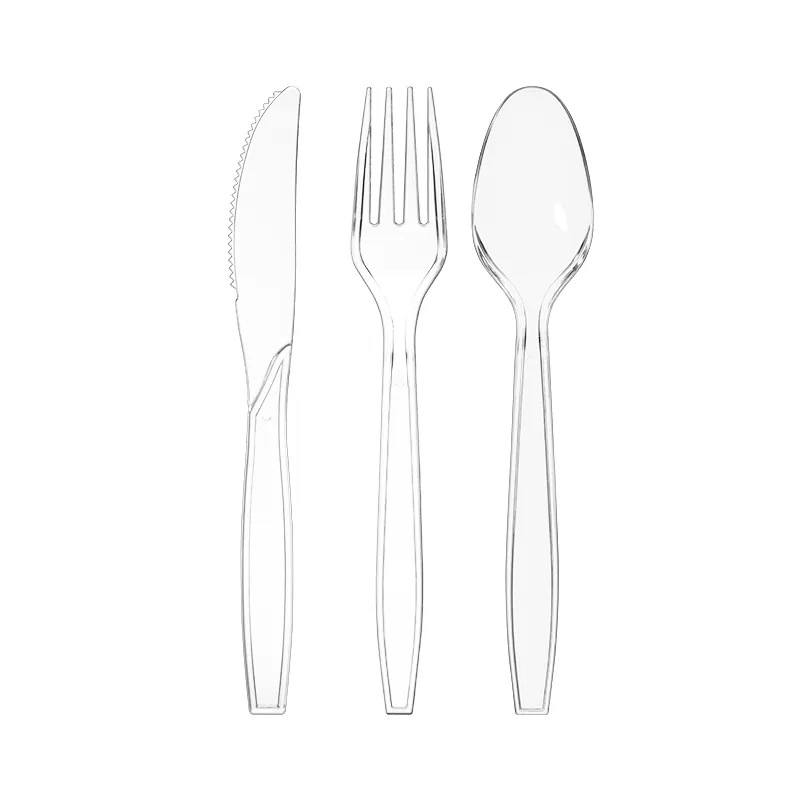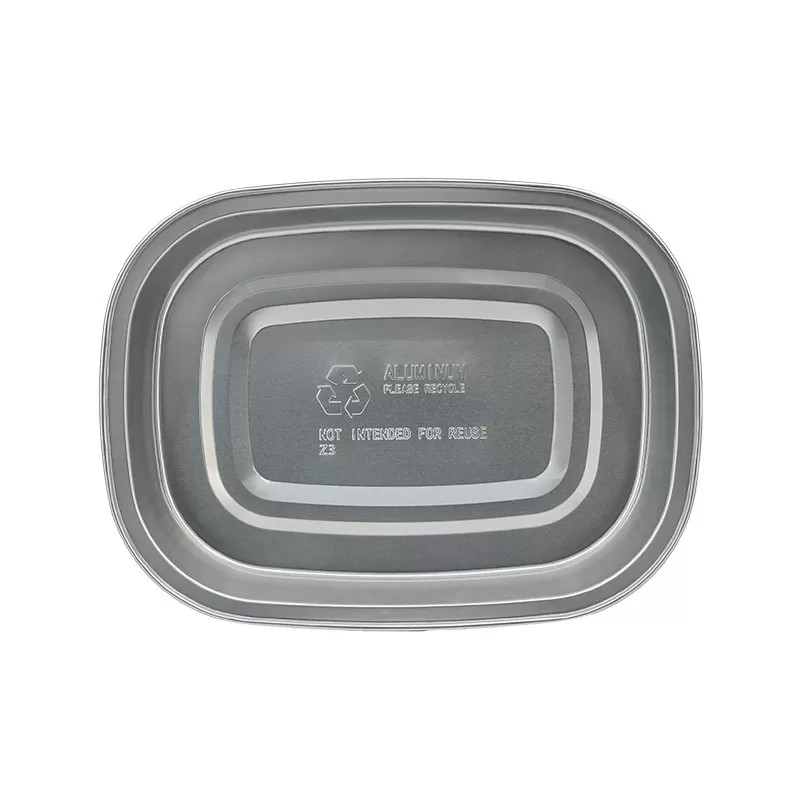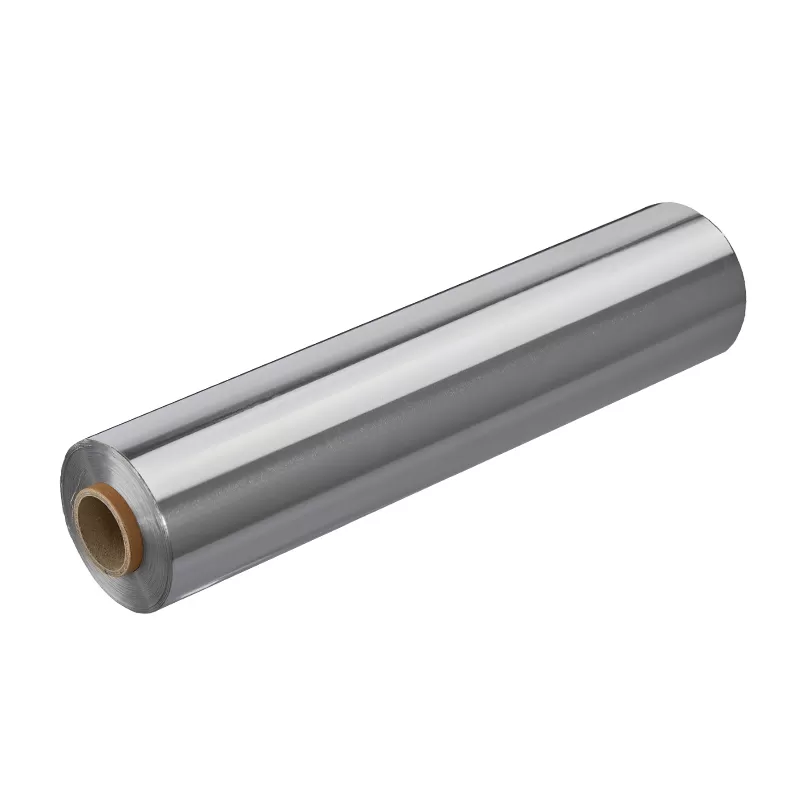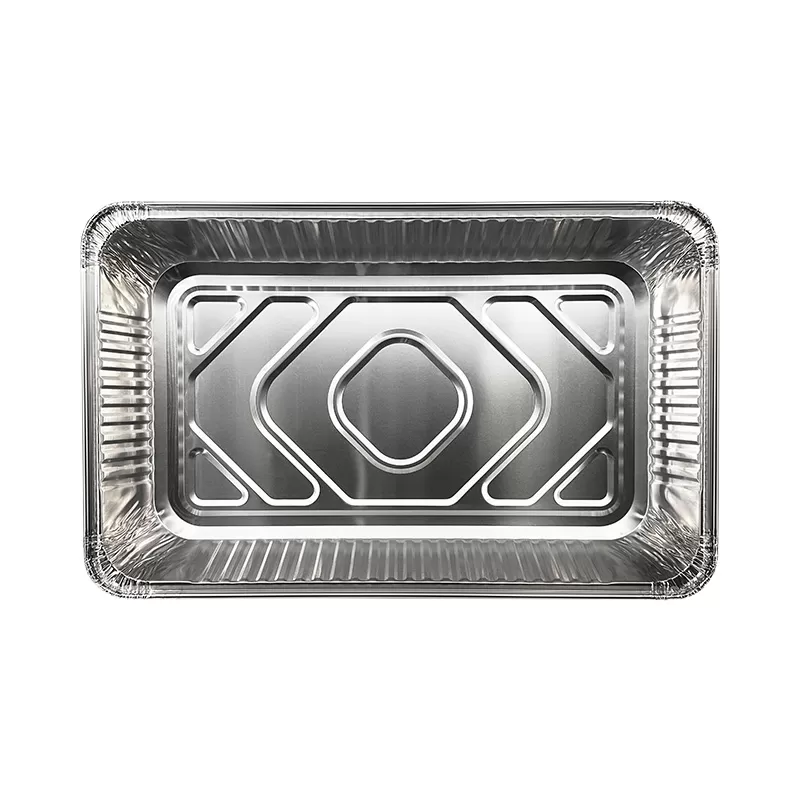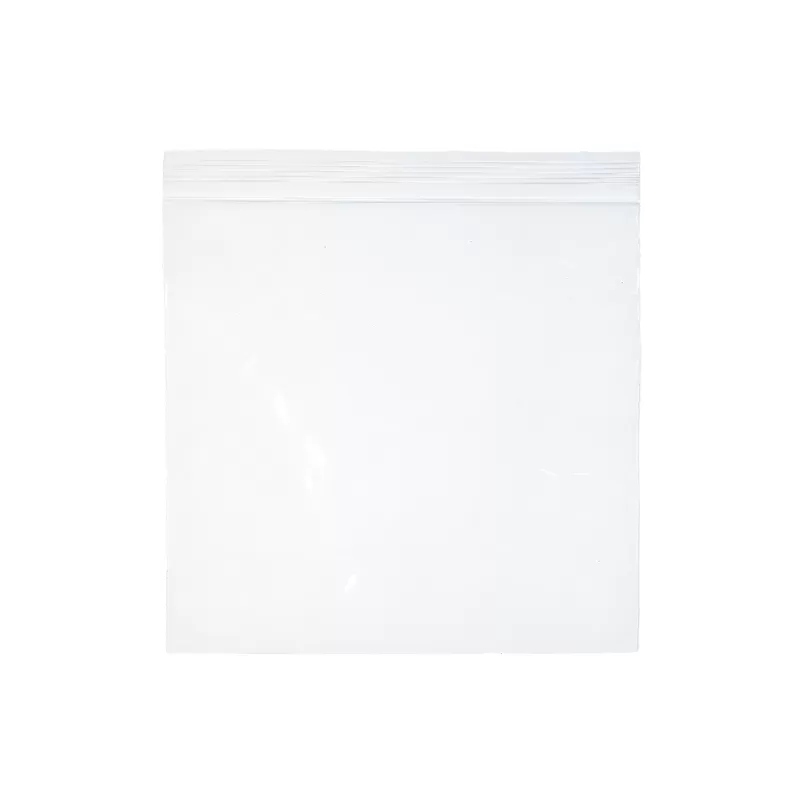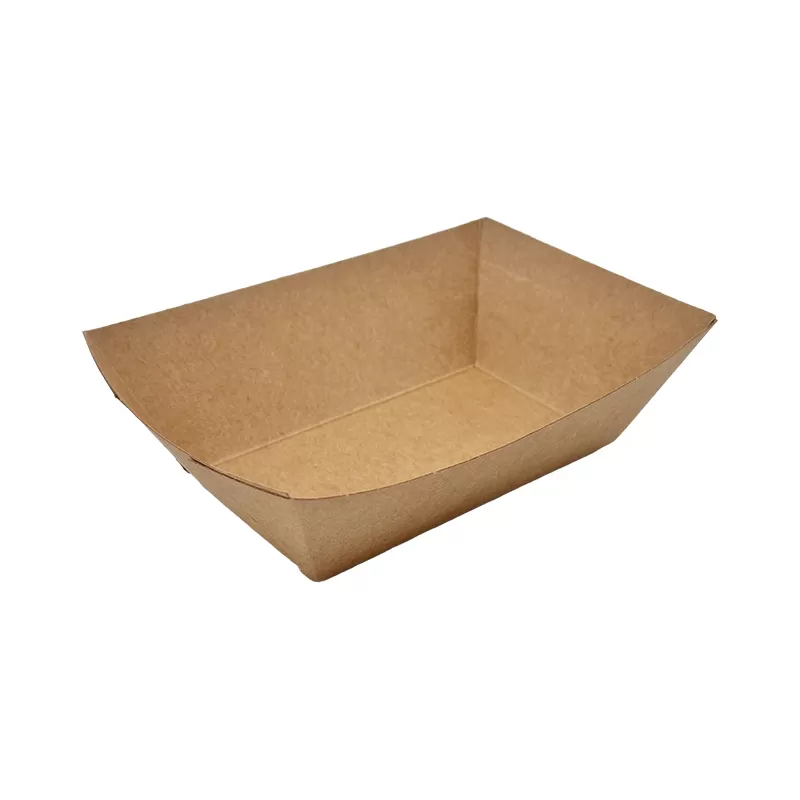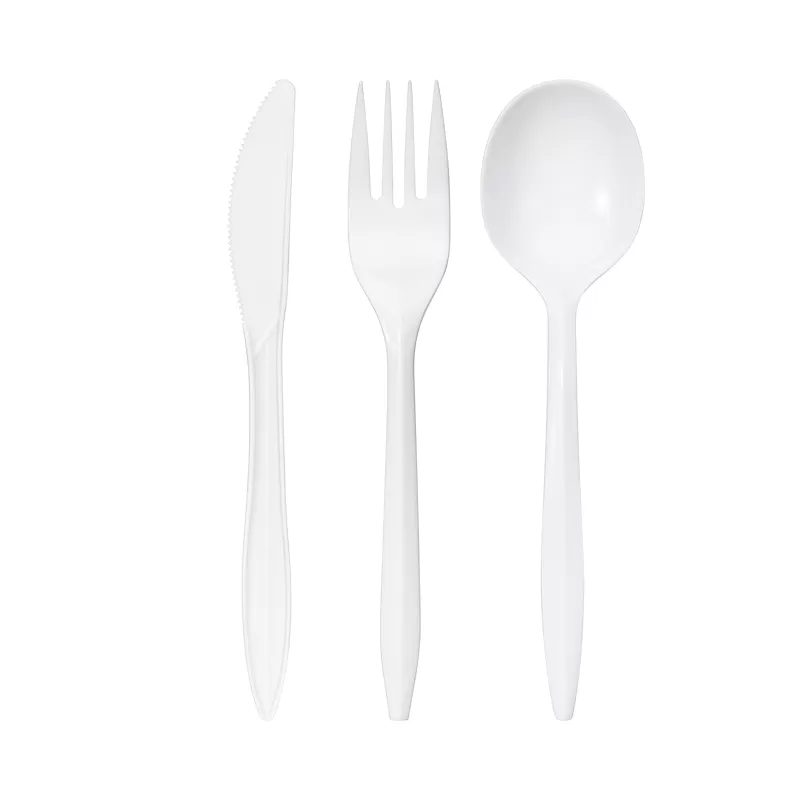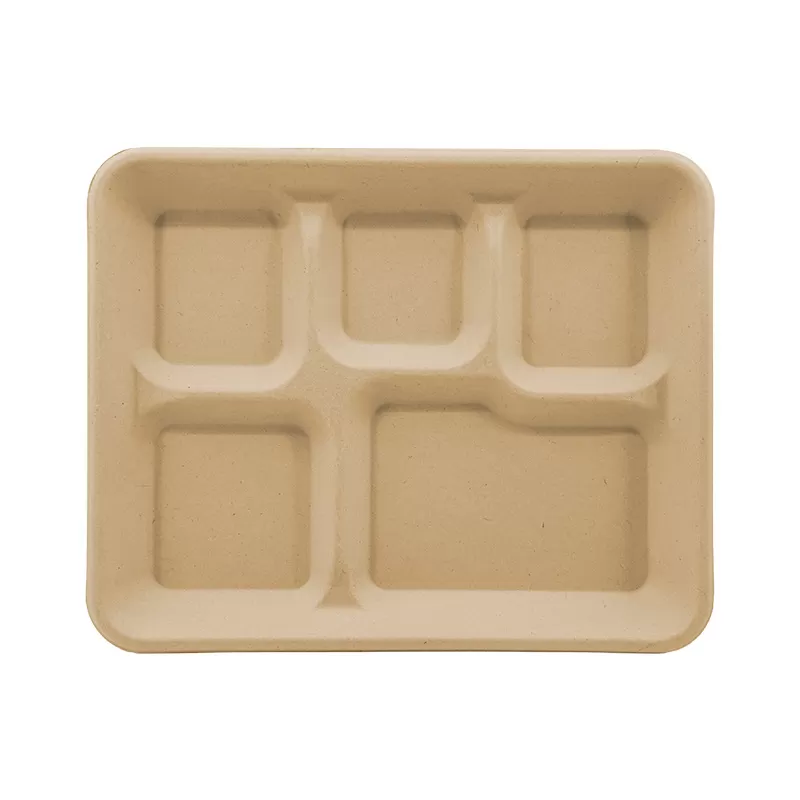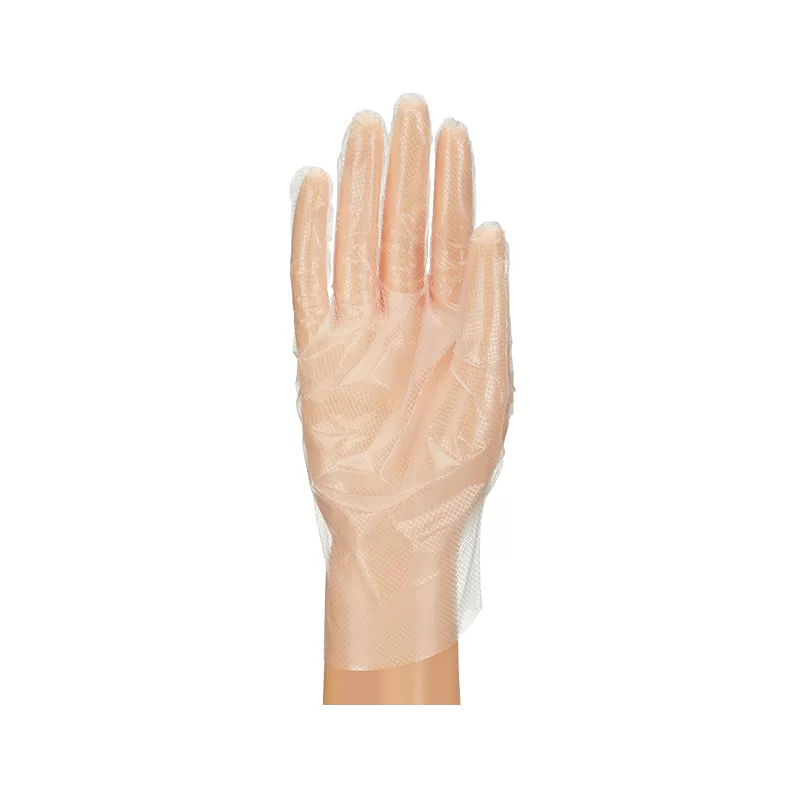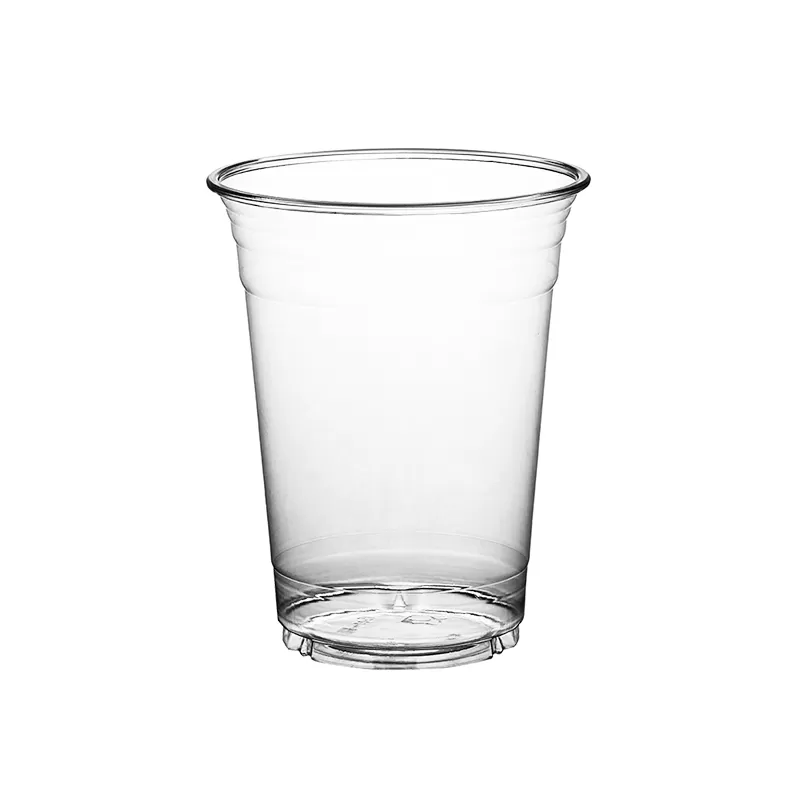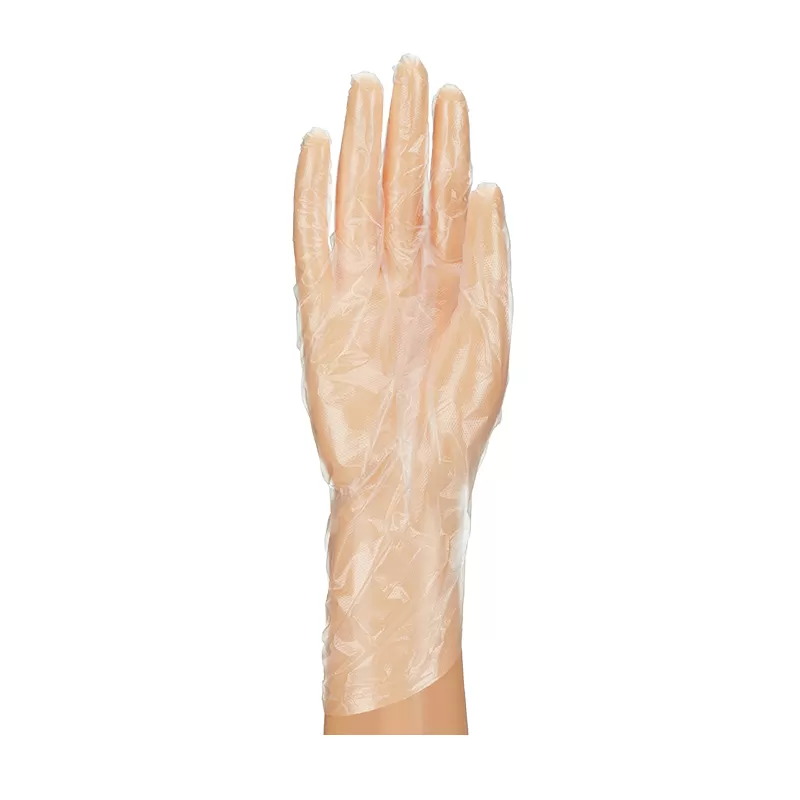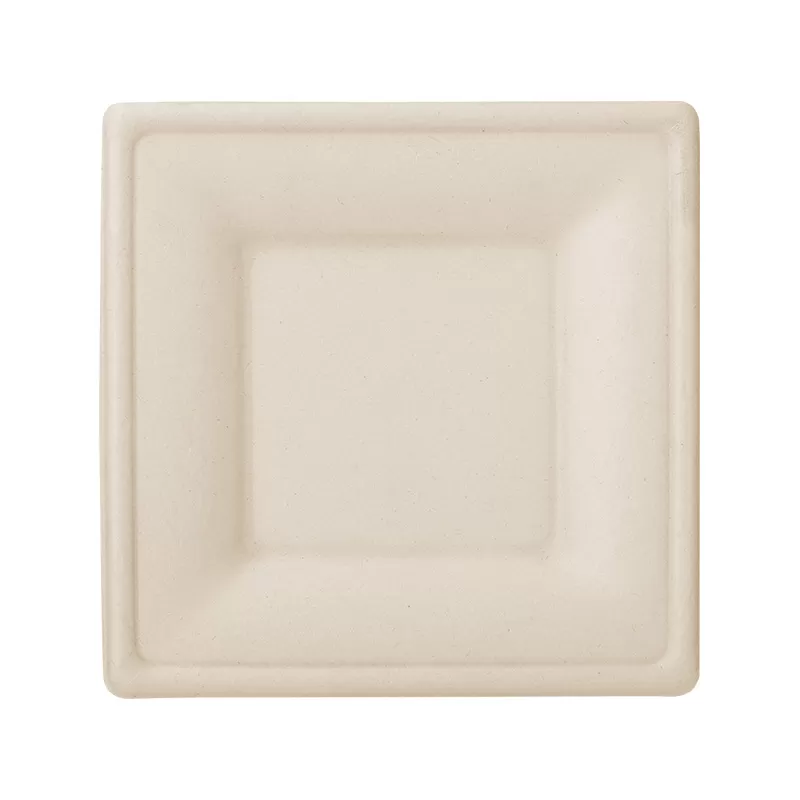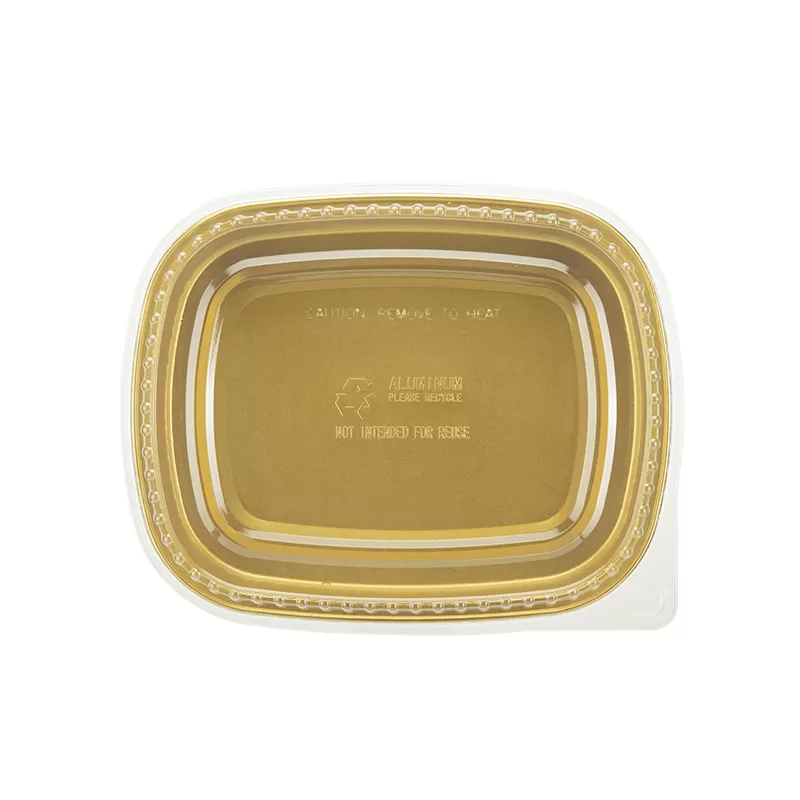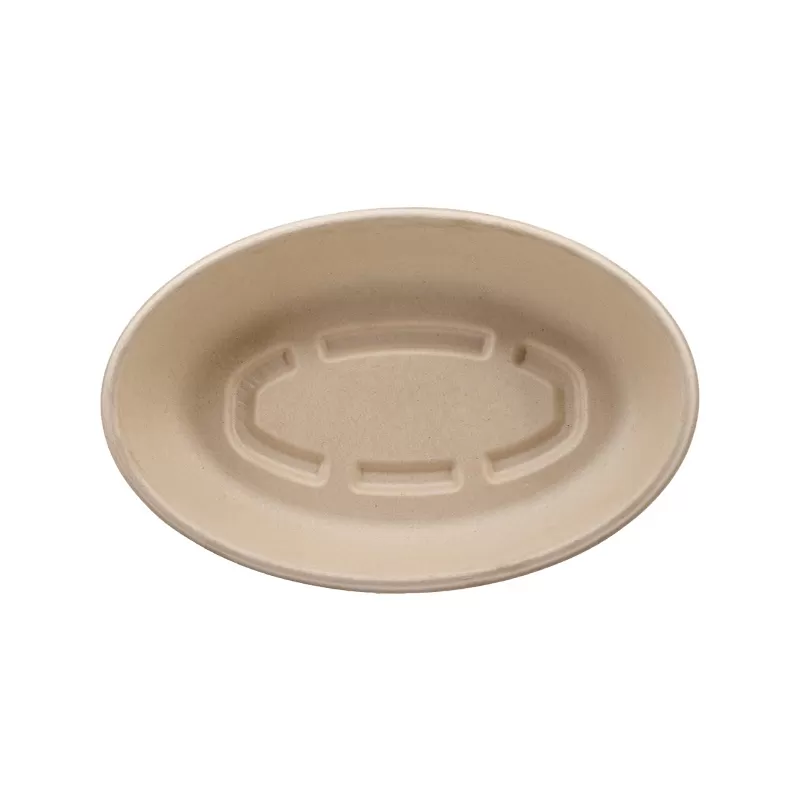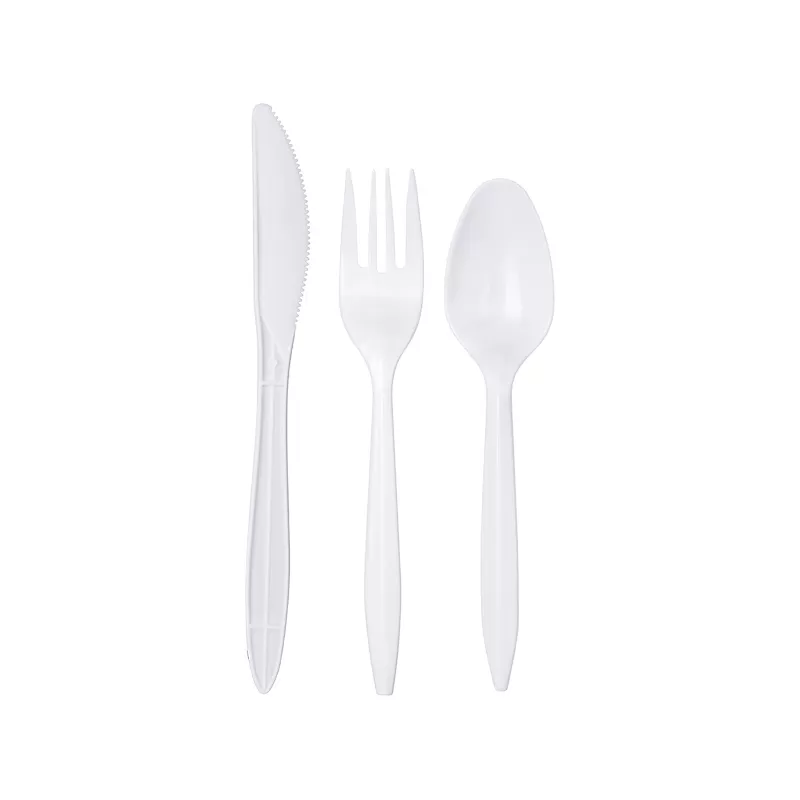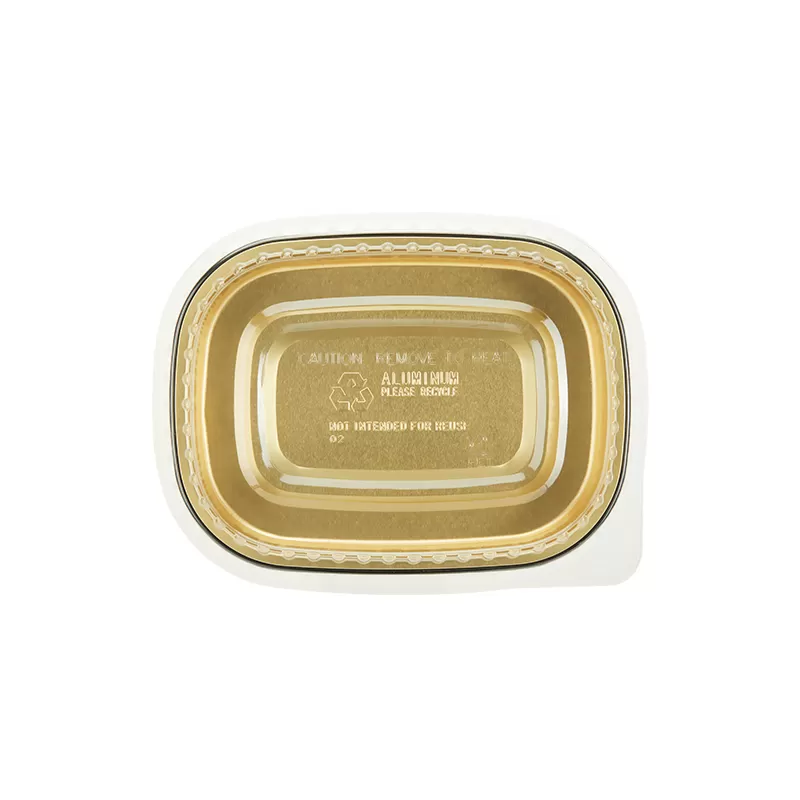Hand protection is essential across industries such as healthcare, food service, laboratories, and industrial manufacturing. Disposable gloves serve as a first line of defense against contamination, chemicals, and minor injuries, while also supporting hygiene and regulatory compliance. Choosing the right glove requires understanding disposable glove material, the different disposable glove types, and their best-fit applications.
This guide explores the materials used to manufacture disposable gloves, outlines the main glove types available, highlights industry applications, and introduces Keystone Supply as a reliable provider of premium gloves worldwide.
What is Disposable Glove Material?
Disposable gloves are manufactured from several different materials, each offering unique properties that balance protection, comfort, and cost. The choice of material depends on task requirements, durability needs, and allergy considerations.
Common Disposable Glove Materials
1.Vinyl
Vinyl gloves are made from synthetic PVC and are latex-free, making them suitable for people with latex allergies. They are cost-effective and commonly used for low-risk tasks such as food handling, cleaning, and general-purpose applications. Vinyl gloves provide moderate flexibility but less durability compared to nitrile or TPE, making them ideal for short-term use where frequent glove changes are required.
2.Nitrile
Nitrile gloves are produced from synthetic rubber and offer superior chemical and puncture resistance. Latex-free and highly durable, nitrile gloves are widely used in healthcare, food processing, and industrial applications. They provide excellent tactile sensitivity, comfort, and flexibility, making them suitable for tasks that require precision or prolonged wear.
3.TPE (Thermoplastic Elastomer)
TPE gloves combine the elasticity of rubber with the processability of plastic. Lightweight and disposable, TPE gloves are an affordable alternative to latex or nitrile, suitable for light-duty tasks like food prep and cleaning. Their latex-free nature makes them hypoallergenic, supporting workplaces where allergy concerns are a priority.
4.Polyethylene (PE)
PE gloves are thin, lightweight, and inexpensive, commonly used for temporary tasks like short-term food handling or quick cleaning chores. While offering minimal protection compared to nitrile or TPE, PE gloves are highly convenient for situations that require frequent glove changes.
Innovations in glove materials include antimicrobial coatings, enhanced tactile sensitivity, and increased durability, allowing gloves to meet specialized requirements in electronics assembly, cosmetic services, and cleanroom environments.

Types of Disposable Gloves
Understanding the different disposable glove types ensures the right glove is chosen for the task, maximizing safety and efficiency.
Powdered vs. Powder-Free
Powdered gloves: Easier to don but may leave residue. Suitable for general industrial or low-risk applications.
Powder-free gloves: Preferred in healthcare, laboratory, and food service settings to avoid contamination.
Textured vs. Smooth
Textured gloves: Enhance grip in wet or oily conditions, ideal for food handling, laboratory work, and automotive tasks.
Smooth gloves: Provide better tactile sensitivity for precision work such as laboratory experiments, electronics assembly, or cosmetic procedures.
Specialty Variants
Extended cuff gloves: Provide additional protection for the forearm in chemical or industrial tasks.
Color-coded gloves: Help distinguish departments, contamination zones, or tasks, improving workflow safety and compliance.
Ergonomic gloves: Designed for comfort during long shifts, reducing fatigue in repetitive tasks.
Ambidextrous Gloves
Some disposable gloves are designed to fit either hand, simplifying inventory management and reducing waste. Ambidextrous gloves are particularly useful in fast-paced environments where employees may need to change gloves frequently or where glove orientation could slow workflow.
These disposable glove types ensure that businesses can select gloves that meet their specific operational needs while maintaining safety and hygiene standards.
Applications of Disposable Gloves
Disposable gloves are versatile and used across numerous industries:
Healthcare and Laboratories
Nitrile and vinyl gloves protect medical professionals and lab technicians from infectious agents, chemicals, and bodily fluids. The combination of comfort, dexterity, and chemical resistance ensures safety during long procedures.
Food Handling and Processing
Gloves prevent contamination in food prep and packaging. Vinyl, TPE, and nitrile gloves are commonly chosen for their chemical resistance, hypoallergenic properties, and compliance with hygiene regulations.

Industrial and Manufacturing
Industrial-grade nitrile and TPE gloves protect hands from oils, chemicals, and abrasions. Textured gloves improve grip on tools and machinery, enhancing both safety and productivity.
Household and General Use
Even for domestic tasks like cleaning, gardening, or DIY projects, disposable gloves offer protection from detergents, chemicals, and minor injuries. PE and vinyl gloves are ideal for quick, low-risk tasks.
Emerging Uses
Disposable gloves are increasingly adopted in cosmetic and beauty services, including hair coloring, tattooing, and skincare procedures. Electronics assembly and art studios also benefit from the gloves’ anti-contamination properties. Some food processing and pharmaceutical environments now require specialized gloves with color-coding or chemical resistance for compliance and quality assurance. These emerging uses illustrate the expanding importance of disposable gloves in non-traditional industries.
Choosing the Right Disposable Glove
Selecting the right disposable glove involves considering material, type, thickness, texture, and task requirements.
Material Properties
Assess chemical resistance, puncture resistance, and tactile sensitivity to match the workplace environment.
Task Requirements
Consider dexterity and precision needs. For example, laboratory or electronics work may require nitrile gloves with high tactile sensitivity.
Regulatory Compliance
Ensure gloves meet FDA, ASTM, or ISO standards appropriate for your industry. Food-grade gloves must comply with safety regulations, while medical gloves require certified standards.
Size and Fit
Properly fitting gloves enhance comfort, reduce tearing, and maintain hygiene. Sizing guides and trial runs help determine the correct fit.
Maintenance and Storage Tips
Proper storage of disposable gloves prolongs their shelf life and maintains material integrity. Gloves should be kept away from direct sunlight, extreme heat, or moisture. Rotating stock using a first-in, first-out (FIFO) system ensures older gloves are used before newer batches, reducing waste and maintaining compliance with hygiene standards.
Consulting with an experienced supplier simplifies glove selection. Businesses can choose gloves that meet safety, operational, and budgetary needs efficiently.
Keystone Supply: Your Trusted Disposable Glove Partner
Keystone Supply is a global provider of high-quality disposable gloves, offering solutions for healthcare, food service, laboratories, and industrial applications. Their expertise ensures businesses receive gloves that match performance, safety, and compliance requirements.
Keystone Supply Offerings
Customizable options: Multiple thicknesses, textures, and materials including nitrile, vinyl, TPE, and PE.
Quality assurance: All gloves tested for durability, chemical resistance, and regulatory compliance.
Flexible order sizes: Scalable solutions for small businesses and large enterprises.
Global supply network: Timely delivery with consistent quality worldwide.
By providing professional guidance and expert support, Keystone Supply helps organizations select the right glove type for any application. Whether it’s disposable nitrile gloves for food handling or durable TPE gloves for industrial work, Keystone Supply ensures safety, efficiency, and compliance. Visit Keystone Supply to explore their full range of disposable glove solutions.






